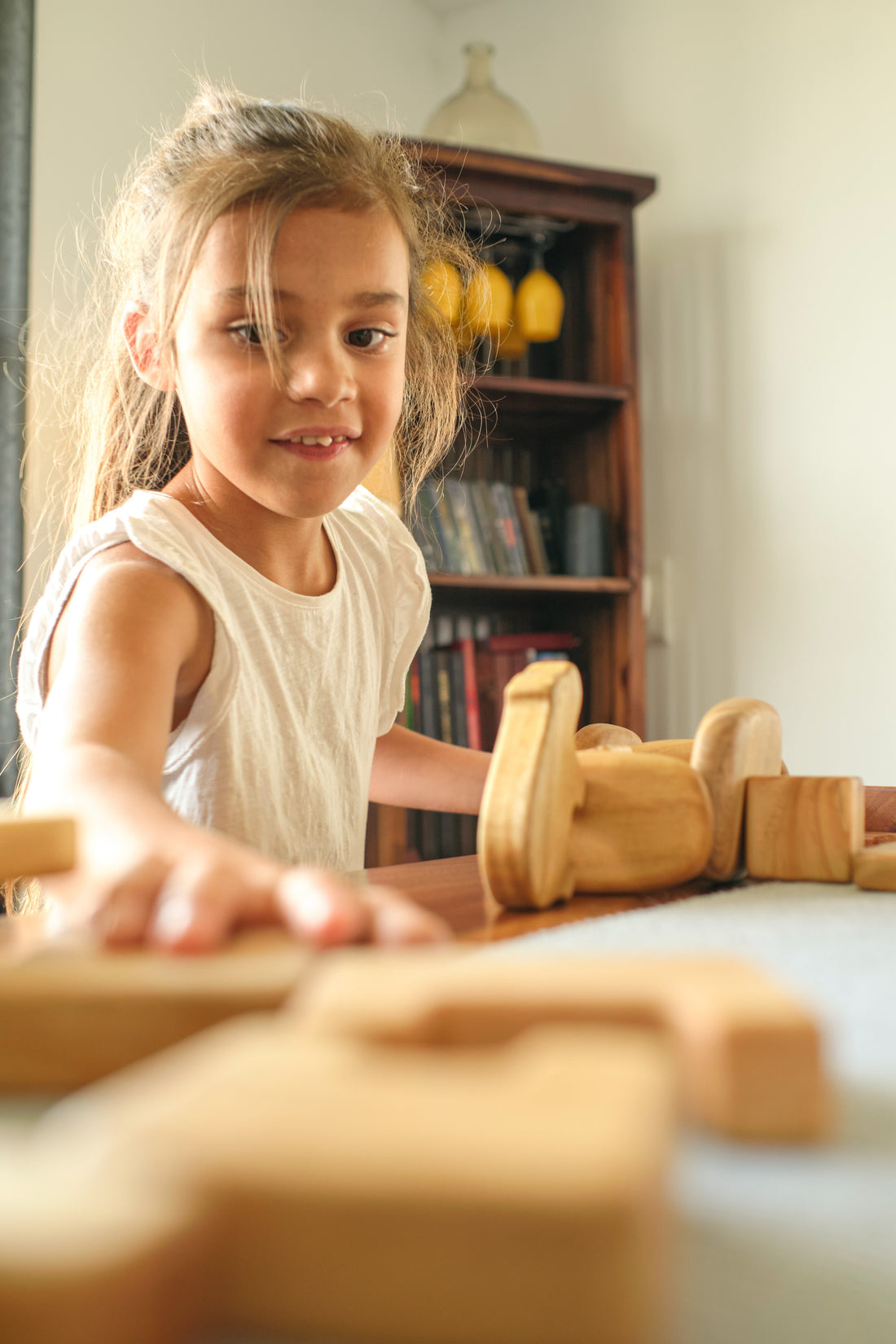Introduction: The Heart of Toy Crafting
Delve into the world of toy making as we explore the significance of wood types. From classics to modern marvels, the choice of wood plays a crucial role in shaping timeless playthings.
1. The Foundation: Hardwoods vs. Softwoods
In the realm of toy making, the choice between hardwoods and softwoods sets the foundation. Hardwoods like oak and maple offer durability, while softwoods like pine and cedar bring a lighter touch. Each wood type carries its unique characteristics, influencing the toy's overall aesthetic and resilience.
2. Safety First: Non-Toxic Options
Prioritizing safety, opt for non-toxic wood types. Maple, beech, and birch are popular choices, known for their smooth textures and safety for young children. Avoiding toxic finishes ensures a worry-free playtime experience.
3. Aesthetics and Grain Patterns: Visual Appeal
Consider the aesthetics of different wood grains. Oak boasts a prominent grain pattern, adding character to the toy's appearance. Alternatively, maple and birch offer a smoother, more uniform grain, providing a sleek and modern look.
4. Resistance to Wear: Durability Matters
Wood types vary in their resistance to wear and tear. Hardwoods like walnut and teak withstand heavy use, making them ideal for toys that endure frequent handling. Understanding the durability of different woods ensures the longevity of the crafted playthings.
5. Environmental Impact: Sustainable Choices
Craft with sustainability in mind by choosing woods with eco-friendly certifications. FSC-certified woods, such as bamboo or responsibly sourced pine, contribute to ethical and environmentally conscious toy making, reducing the industry's ecological footprint.
6. Versatility of Wood Blends: A Creative Palette
Toy makers often blend different wood types for versatility. Combining hardwoods for durability with softer woods for intricate detailing results in a balanced and aesthetically pleasing final product. This blending technique allows for creativity without compromising structural integrity.
7. Adaptability to Finishes: Finishing Touches
Consider the adaptability of wood types to finishes. Some woods, like cherry or mahogany, take stain beautifully, enhancing their natural color. Others, such as ash or beech, may be left untreated for a more organic feel. The choice of wood impacts the finishing options available.
Conclusion: Crafting Timeless Treasures
Wood types are the artisans' palette in crafting timeless toys. From safety considerations to aesthetic choices, the selection of wood influences the character, durability, and overall appeal of each plaything. Understanding the nuances of wood types ensures the creation of cherished and enduring treasures for generations to come.
